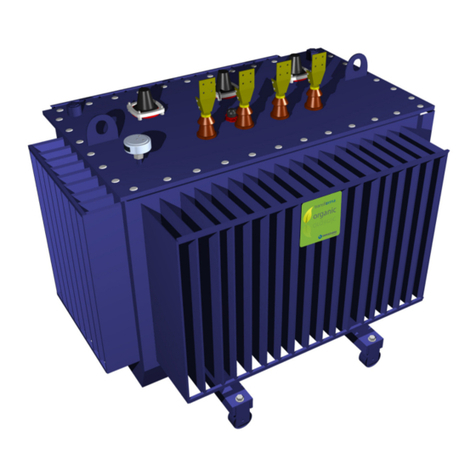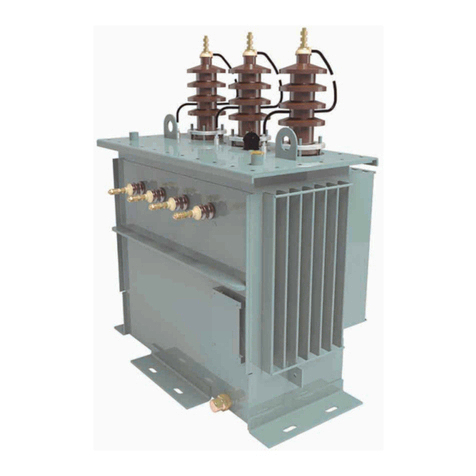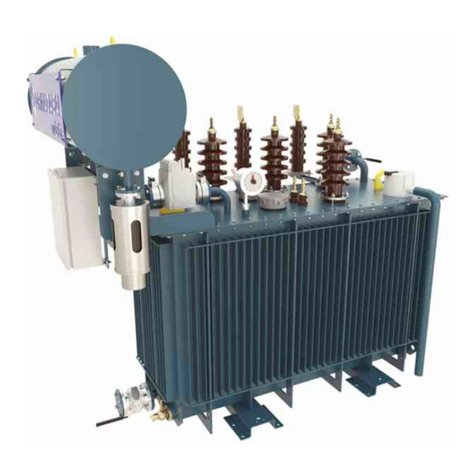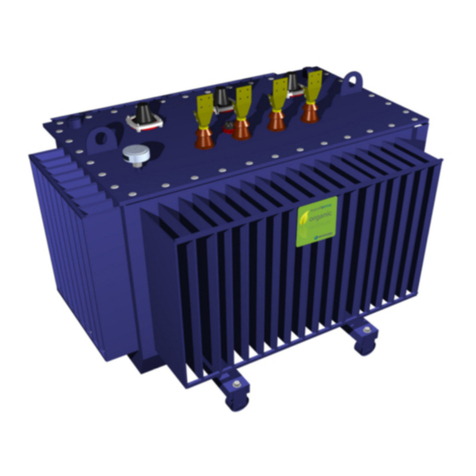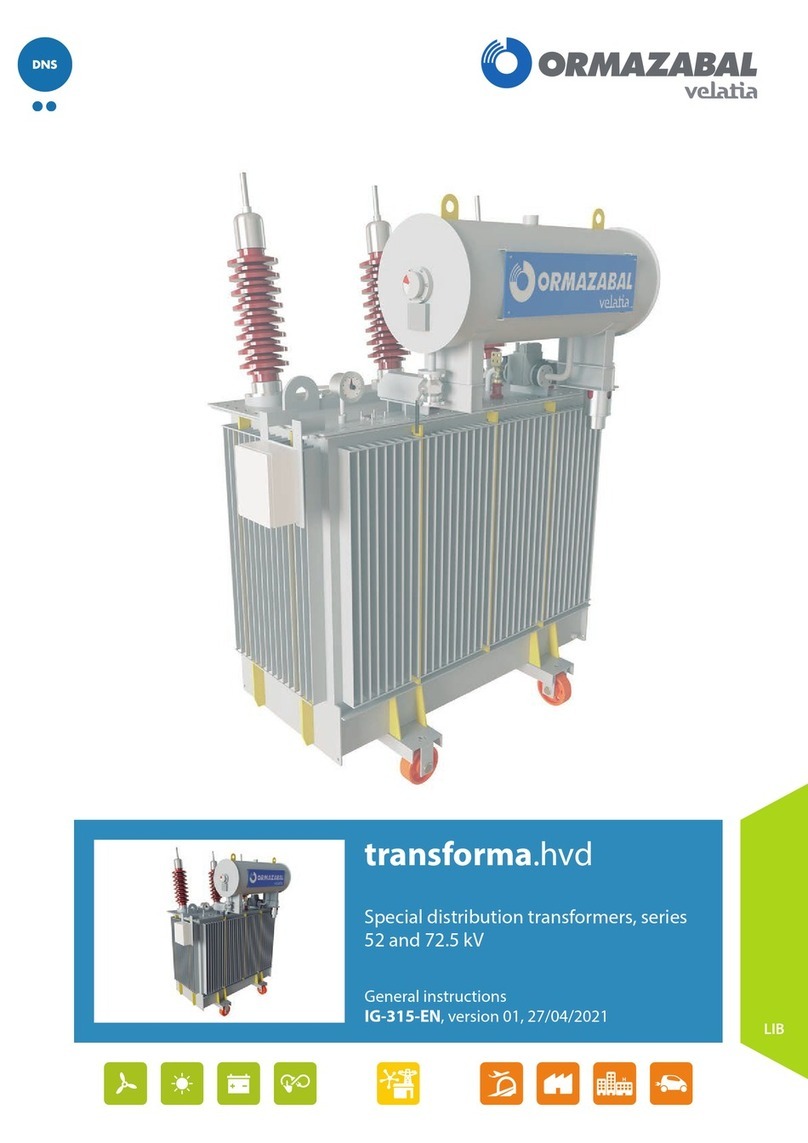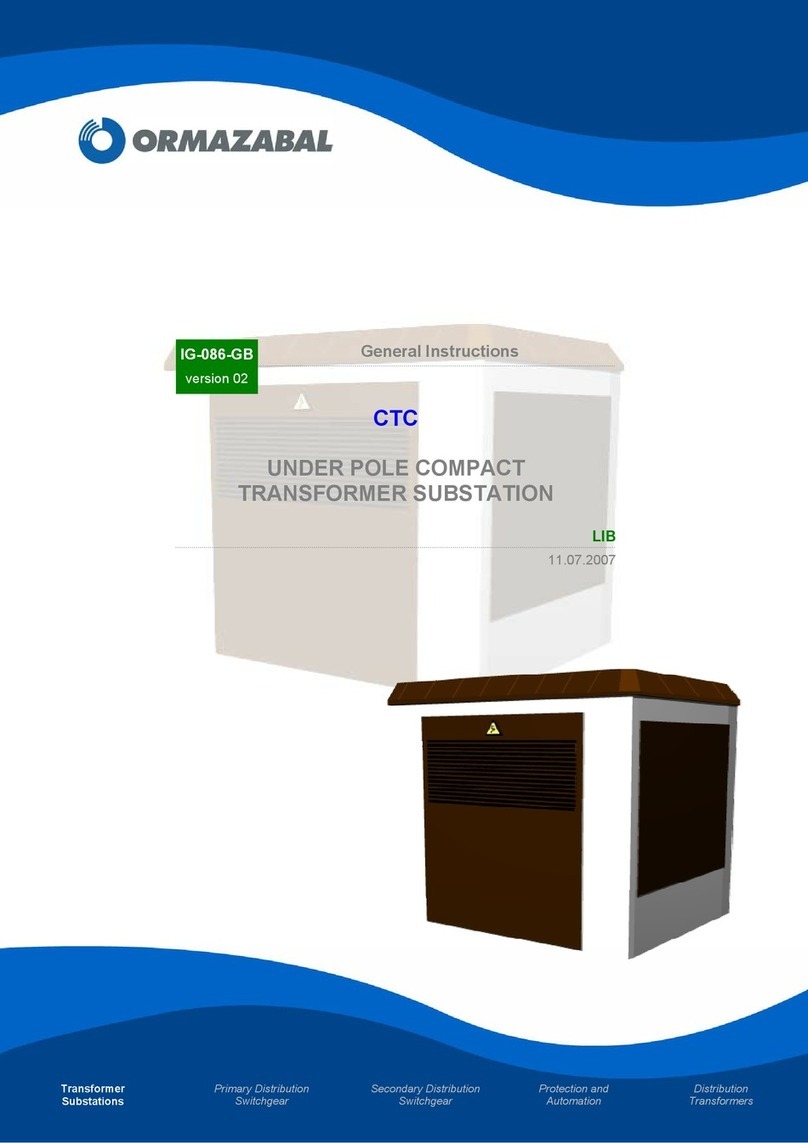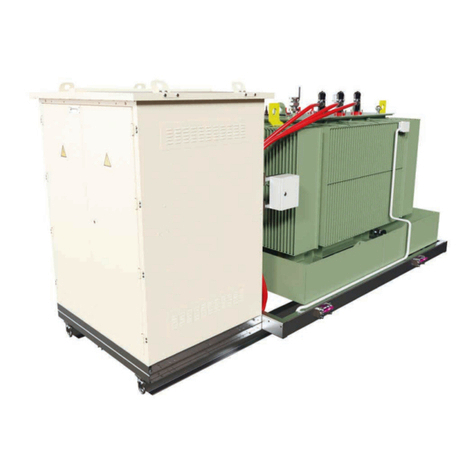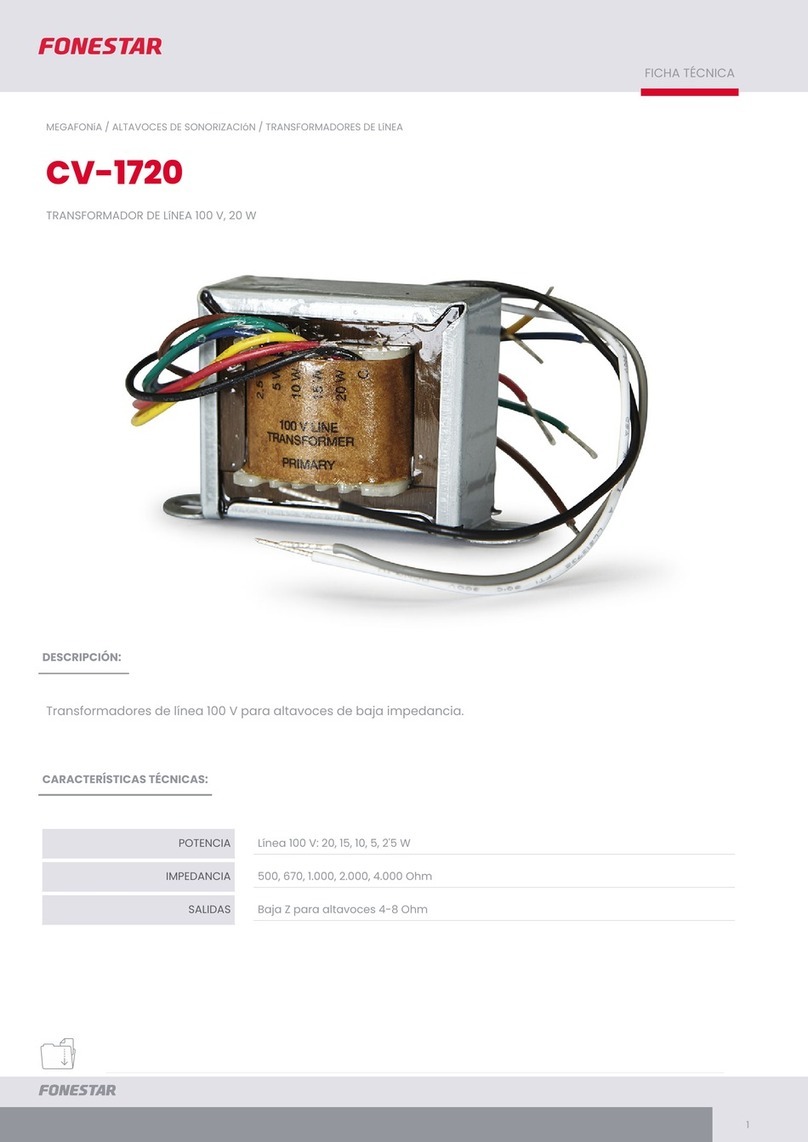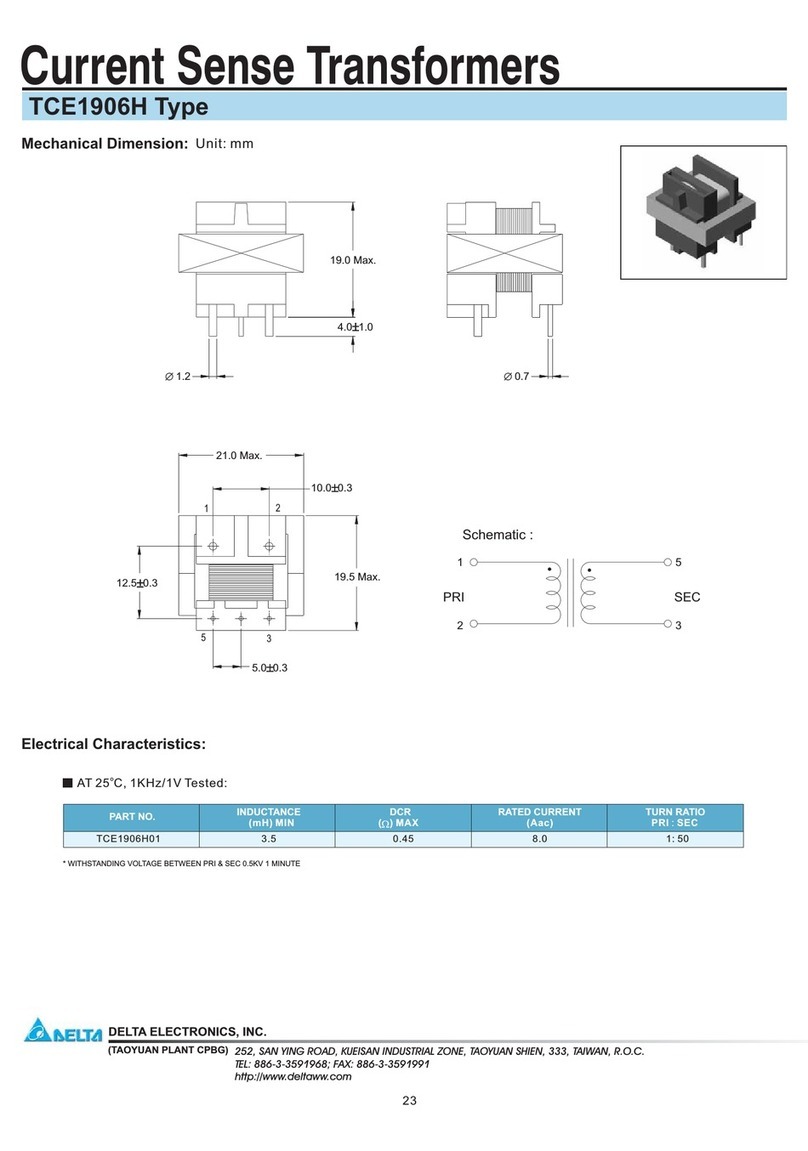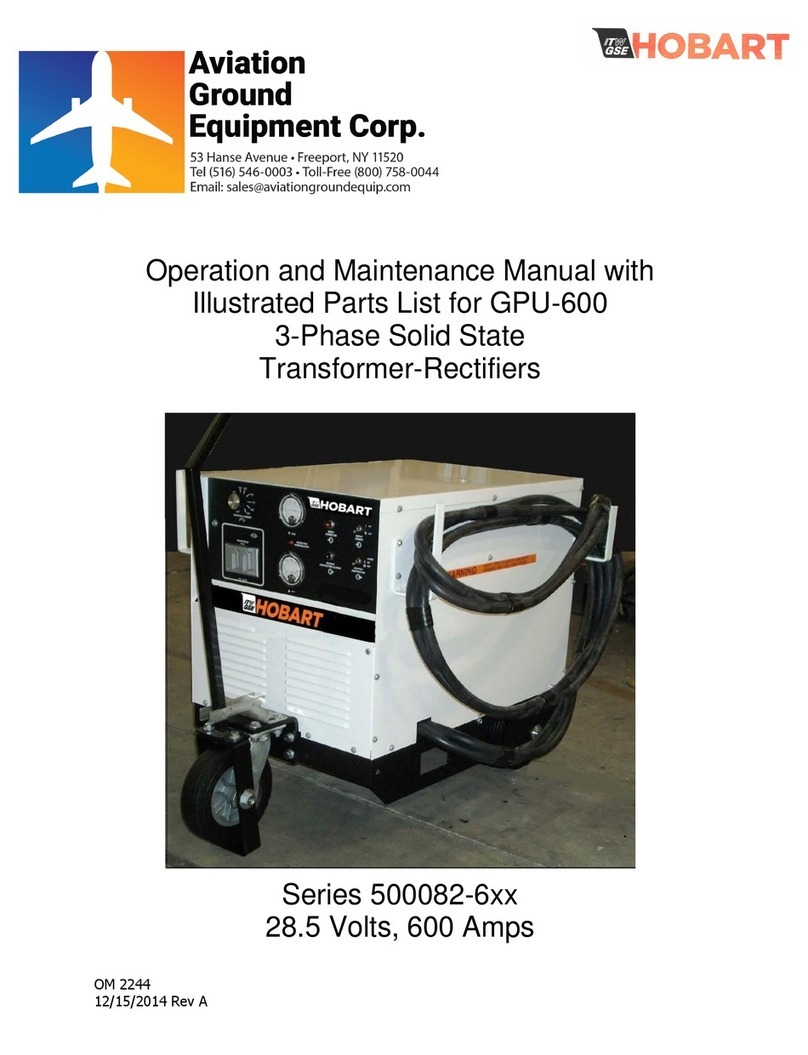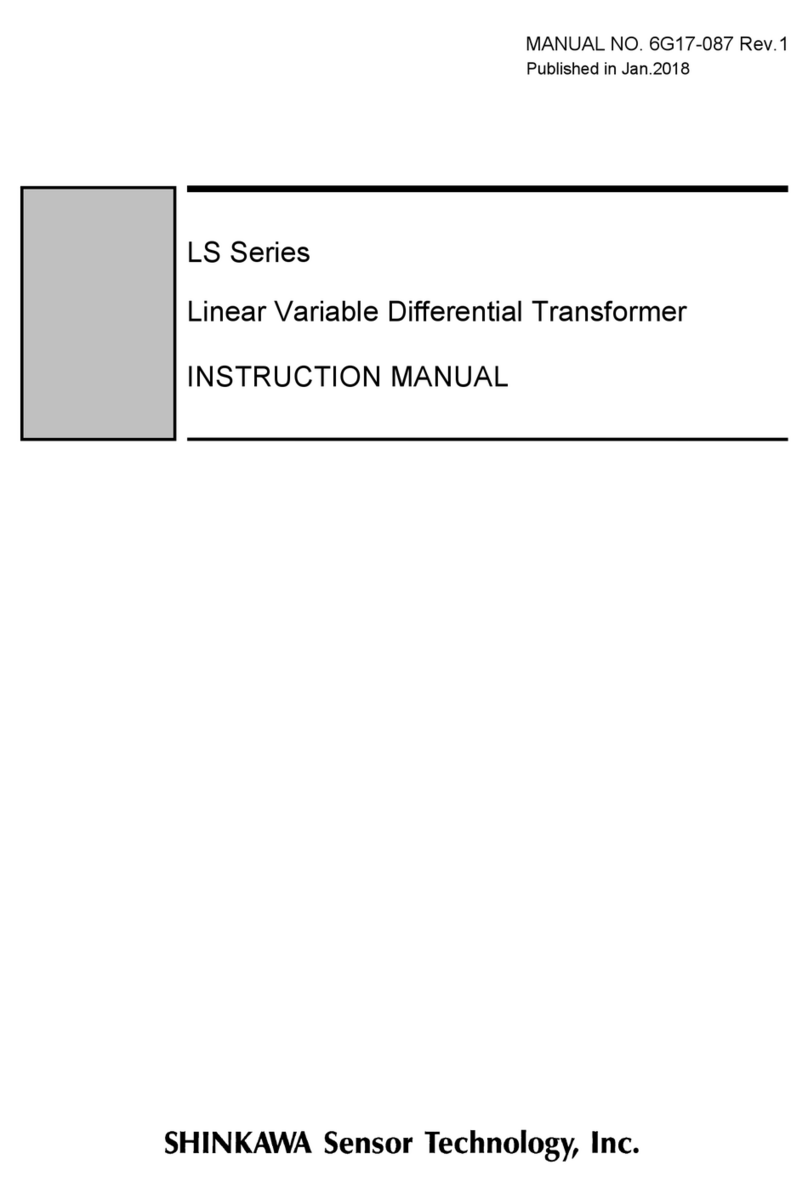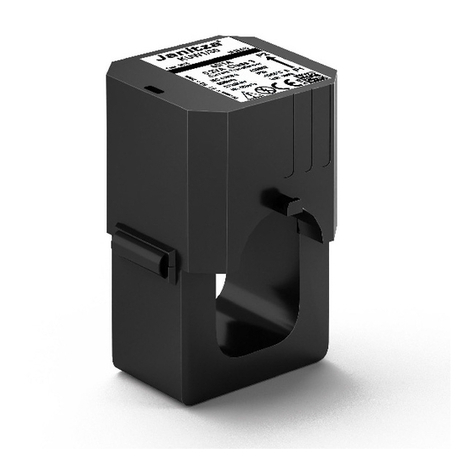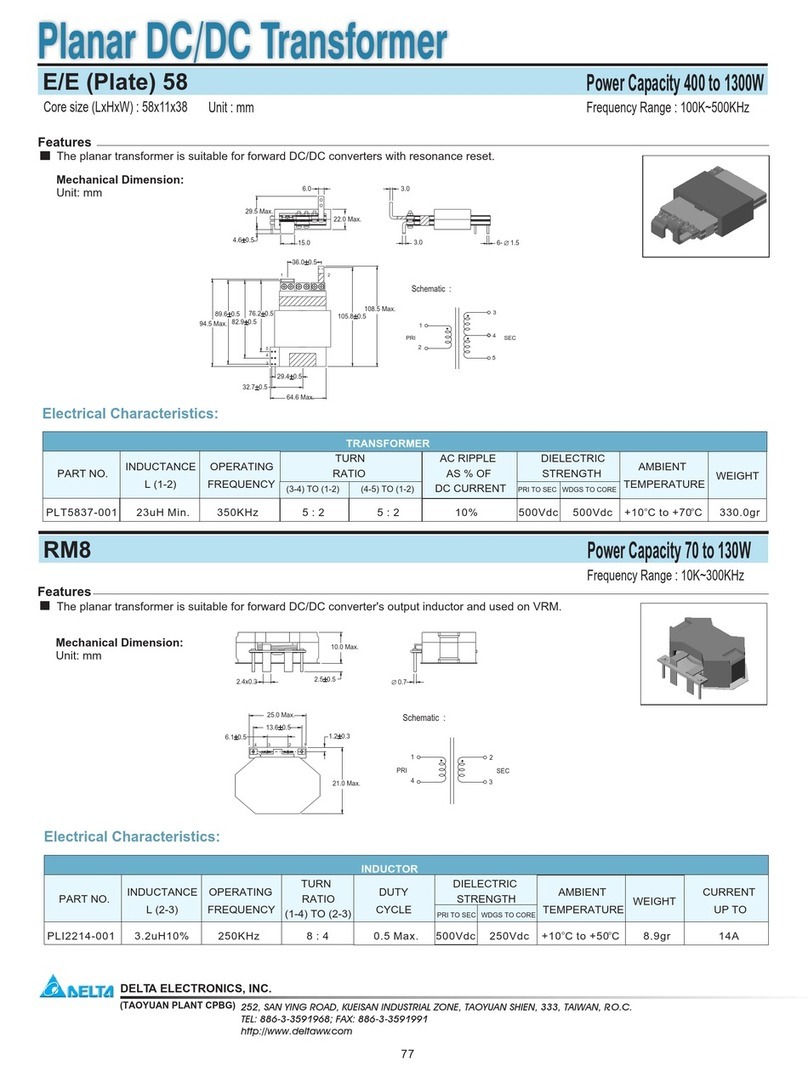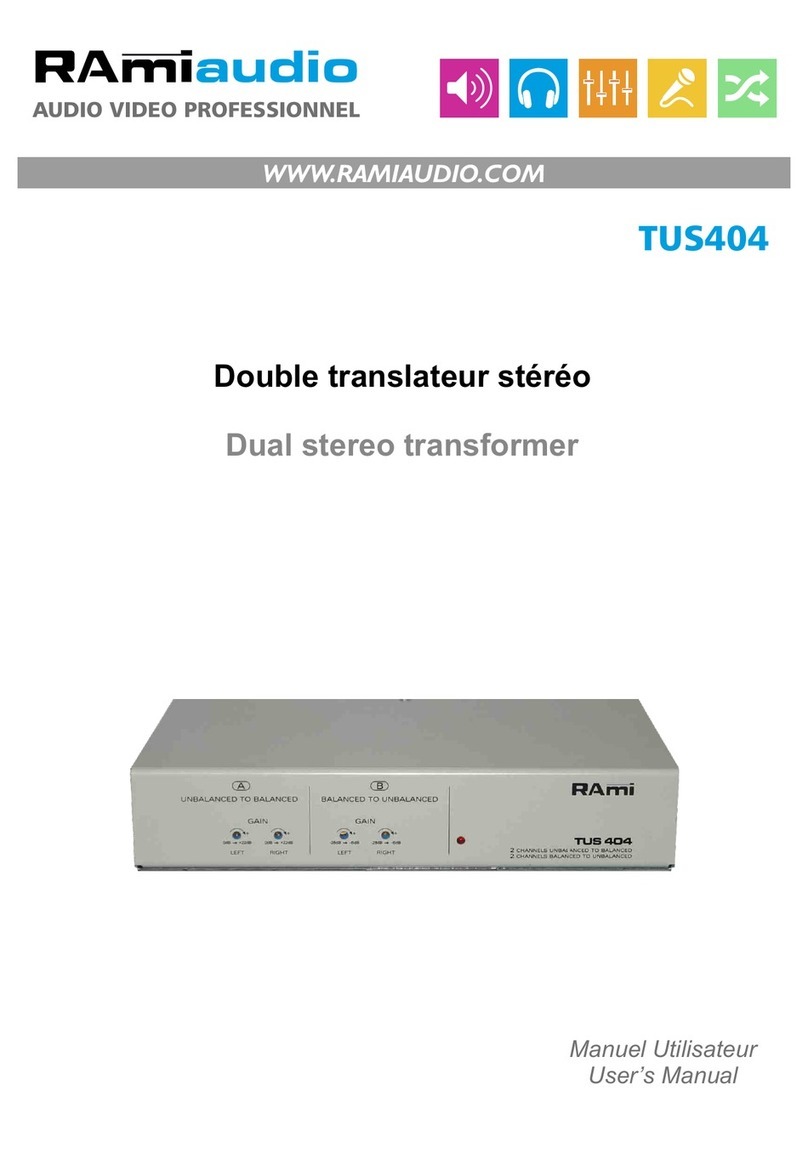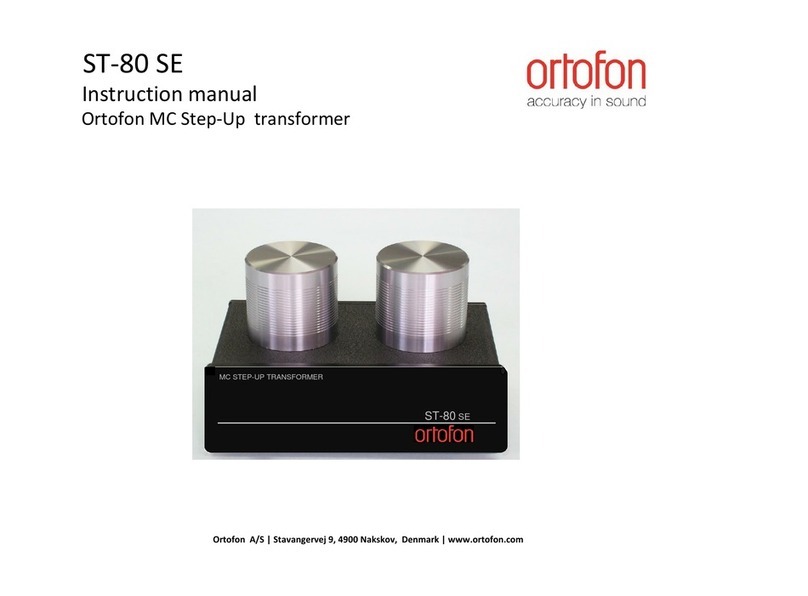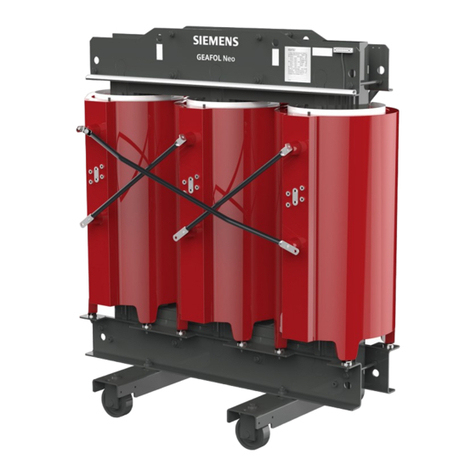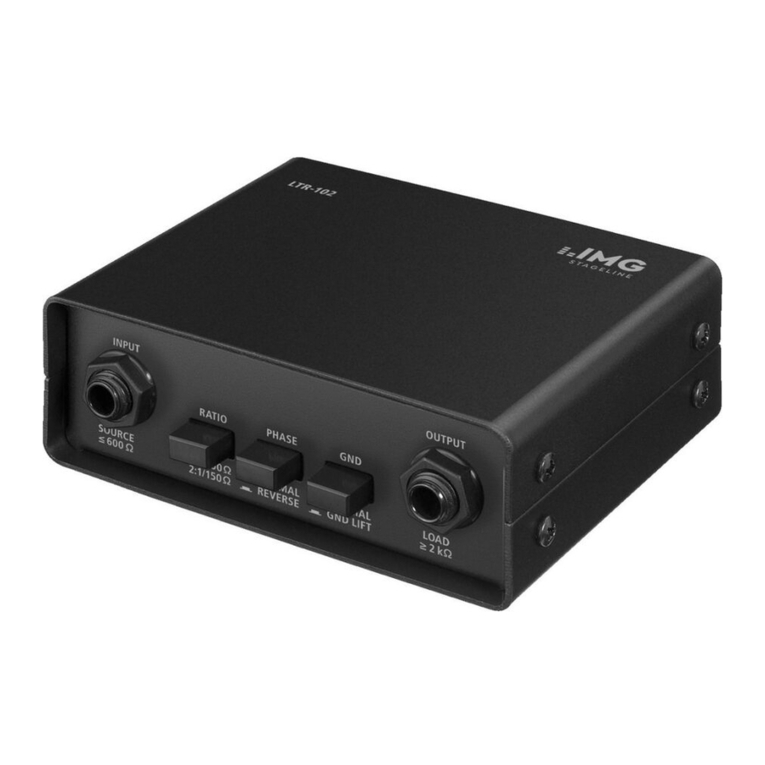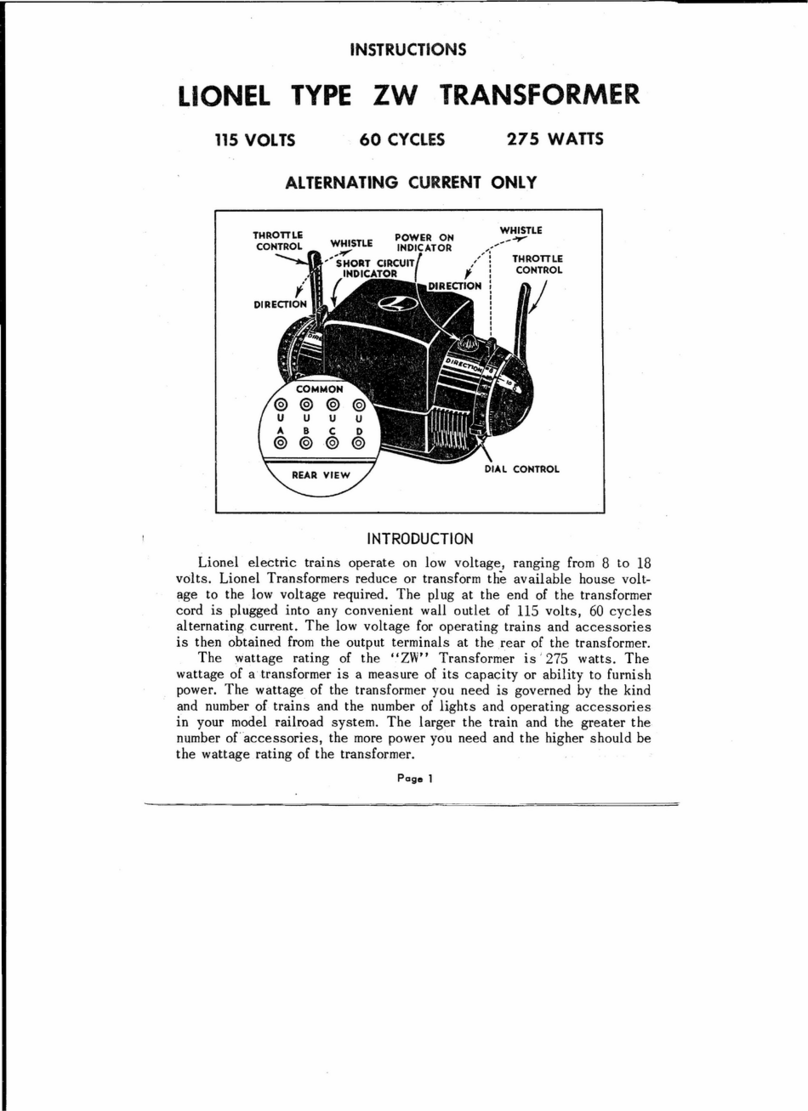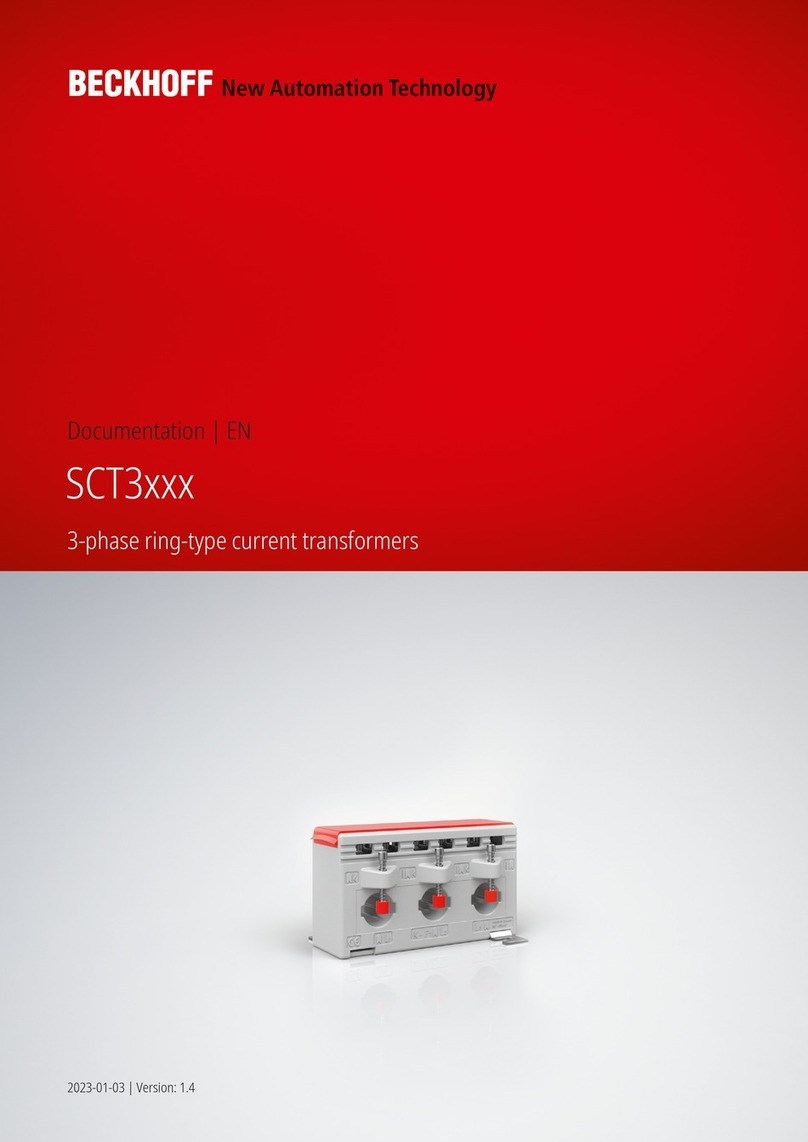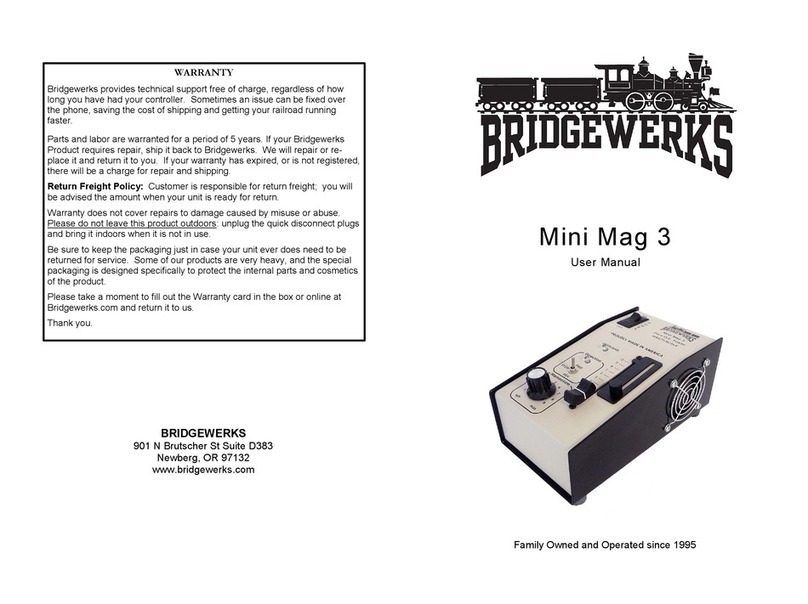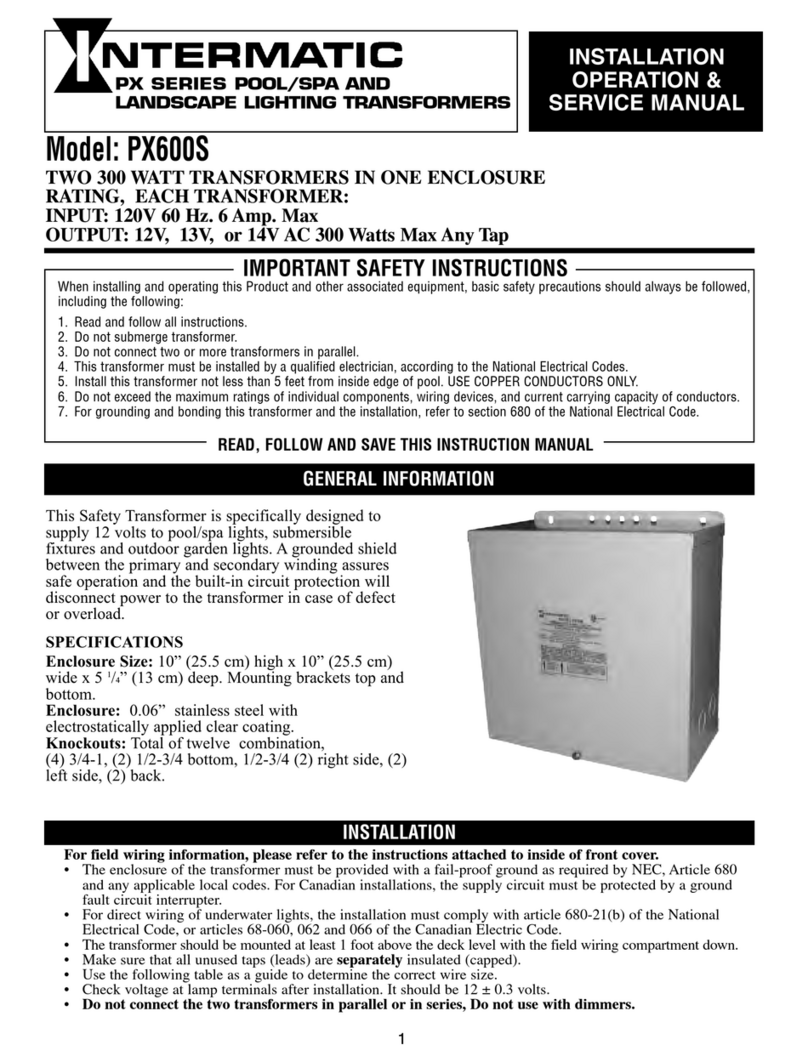
Implementation
10 General instructions
transforma pad-mounted
IG-248-EN version 01; 23/10/2015
5 Implementation
5.1 Transformer verification before commissioning
Once the transformer is connected to the medium voltage
and low voltage networks, and before connecting the
electrical power source, the following checks should be
performed:
1. Check that the Medium Voltage network values and
the transformer rated voltage coincide.
The natural esters have higher freezing
points than those of mineral oil. Therefore,
the liquid could freeze during prolonged
exposure to temperatures below 0 ºC.
In these cases, the transformer can be
powered although these situations should
be avoided wherever possible.
2. Where the machine has these instruments, check
the correct oil level on the oil level indicator and a
correct internal pressure on the value indicated by the
compound gauge.
3. Feed the no-load transformer and check its correct
connection and regulation by measuring the values
at the low voltage side. Where the transformer has
natural ester-type dielectric liquid and is powered
after a prolonged period of exposure to temperatures
below 0 ºC, the dielectric fluid might be solid. Once
the load transformer has been powered, it will recover
its usual liquid stage.
4. Regulate the transformer's voltage using the
corresponding tap changer. Take into account the
following safety precautions:
Failure to follow these safety precautions
may result in death by electric shock or
irreversible damage to the transformer or to
the electrical installation.
Were the transformer has a natural ester as
dielectric liquid and has been exposed for a
prolonged period to ambient temperatures
below 0 ºC before being powered, the
fl uid might be solid. The tap change
control CANNOT be used under these
circumstances. The transformer must be
warmed up until the fl uid is liquid enough for
the tap change control to be handled.
4.1 The tap changer shall always be operated without
electrical power. Ensure the handle is well locked
and in its working position.
4.2 Check that the electrical voltage applied
corresponds with the transformer's rated voltage.
In case of anomaly, contact the manufacturer.
4.3 If after commissioning the transformer, it is
necessary to perform an adjustment, follow the
safety instructions specified in section 6.1, Access
for Maintenance Operations, of this document.
Fig.5.1 Tap changer and primary connections
5. Progressively apply the load until the operating power
is achieved, while ensuring that the transformer
temperature does not go over 105 ºC.
Risk of death caused by electric shock and
of irreversible damage to the transformer or
to the electrical installation.
▪ Before handling the installation, exactly
follow the instructions of section 6.1 of this
document.
▪ Do not operate the tap changer with
electrical power applied to the transformer.
